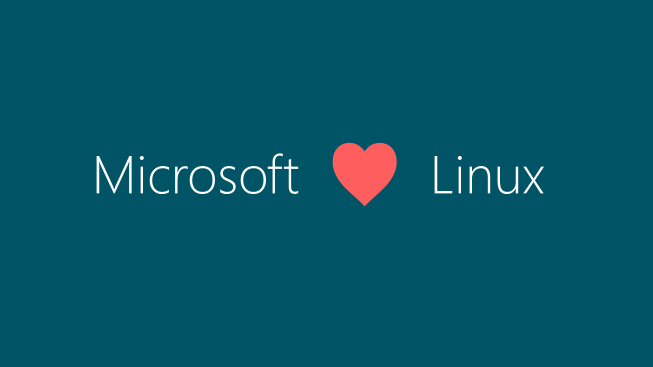
Microsoft has officially open-sourced its Windows Subsystem for Linux , marking a significant milestone in the company’s ongoing engagement with the open-source community. Announced at the Build 2025 developer conference in Seattle, this move allows developers worldwide to access, modify, and contribute to the WSL codebase directly via GitHub.
WSL, introduced in 2016, enables users to run a Linux environment natively on Windows without the need for a virtual machine or dual-boot setup. Over the years, it has evolved from a compatibility layer translating Linux system calls to Windows equivalents into a more robust solution incorporating a full Linux kernel. This evolution included the release of WSL 2 in 2019, which brought significant performance improvements and full system call compatibility by leveraging a lightweight virtual machine.
The decision to open-source WSL follows a multi-year effort to decouple it from the Windows operating system, allowing it to function as a standalone application. This separation was crucial to facilitate community contributions and accelerate development independent of the Windows release cycle. As part of this initiative, Microsoft has made available the source code for key components, including command-line tools and background services, enabling developers to build WSL from source, propose enhancements, and participate in its ongoing development.
Microsoft’s move to open-source WSL has been met with enthusiasm from the developer community, which has long advocated for greater transparency and collaboration. By providing access to the WSL codebase, Microsoft aims to foster a more inclusive development environment, encouraging contributions that can lead to improved performance, new features, and broader compatibility with various Linux distributions.
This development aligns with Microsoft’s broader strategy of embracing open-source technologies and supporting cross-platform development. In recent years, the company has made significant contributions to the open-source ecosystem, including the acquisition of GitHub and the open-sourcing of projects like .NET Core and Visual Studio Code. By open-sourcing WSL, Microsoft continues to demonstrate its commitment to providing developers with flexible and powerful tools that bridge the gap between Windows and Linux environments.
The open-sourcing of WSL also reflects the growing importance of Linux in the development landscape. Many developers rely on Linux-based tools and workflows, and WSL provides a convenient way to access these resources within a Windows environment. By facilitating seamless integration between Windows and Linux, WSL enables developers to leverage the strengths of both platforms, enhancing productivity and streamlining development processes.
As WSL transitions into an open-source project, Microsoft encourages developers to engage with the community, contribute to the codebase, and help shape the future of the platform. This collaborative approach aims to ensure that WSL continues to evolve in response to the needs of its users, fostering innovation and driving the development of new features and capabilities.



